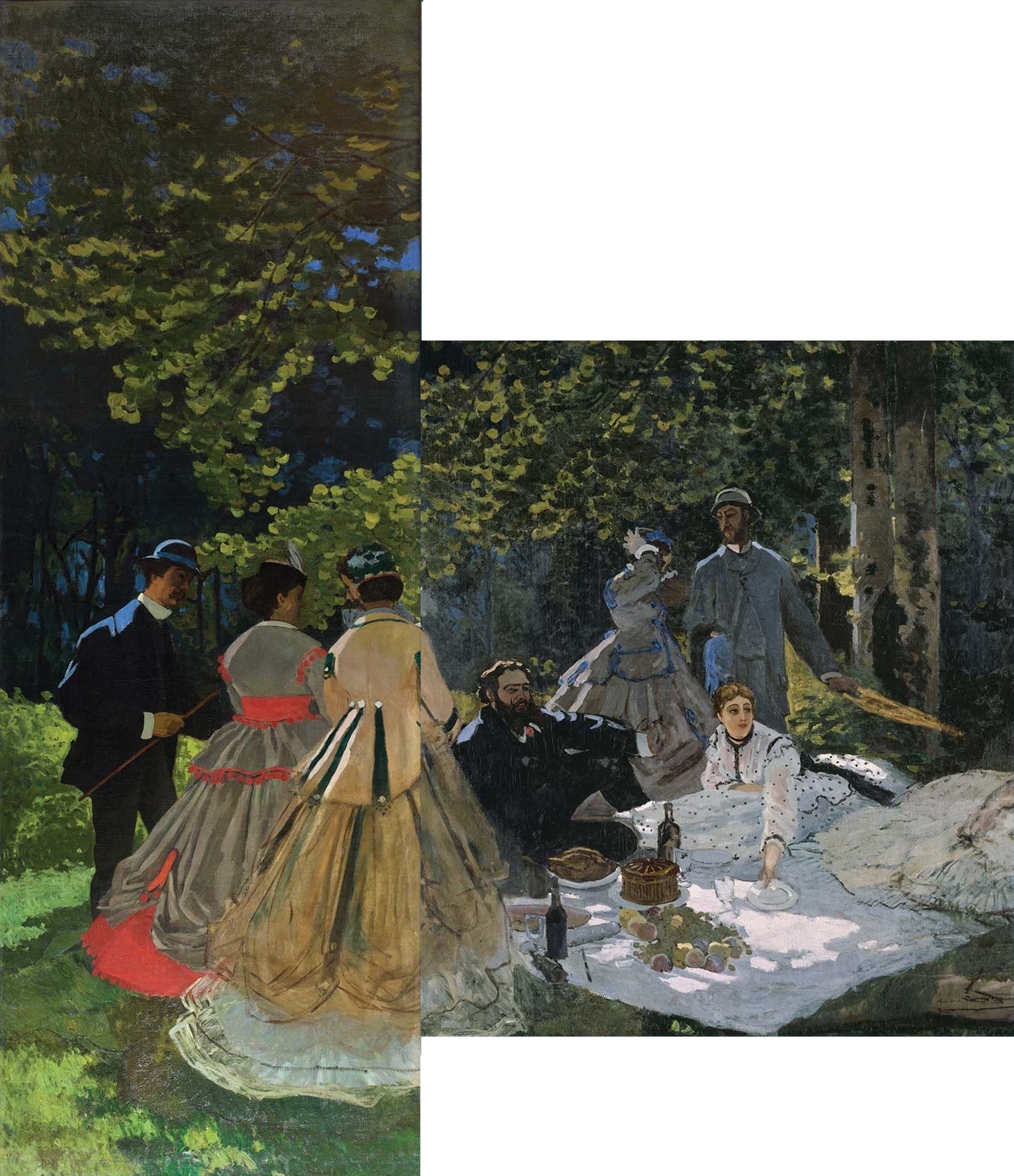The Musée d'Orsay is a museum in Paris, France, on the Left Bank of the Seine.
It is housed in the former Gare d'Orsay, a Beaux-Arts railway station built between 1898-1900.
The museum holds mainly French art dating from 1848-1914, including paintings, sculptures, furniture and photography.
It houses the largest collection of Impressionist and post-Impressionist masterpieces in the world, by painters including Berthe Morisot, Claude Monet - 86 paintings (another main collection of his paintings is in the Musée Marmottan Monet) including The Saint-Lazare Station, The Rue Montorgueil in Paris. Celebration of 30 June 1878, Wind Effect, Series of The Poplars, Rouen Cathedral. Harmony in Blue, Blue Water Lilies, Le Déjeuner sur l'herbe, Haystacks, The Magpie, Women in the Garden - Édouard Manet, Degas, Renoir, Cézanne, Seurat, Sisley, Gauguin and Van Gogh.
Many of these works were held at the Galerie nationale du Jeu de Paume prior to the museum's opening in 1986. It is one of the largest art museums in Europe.









